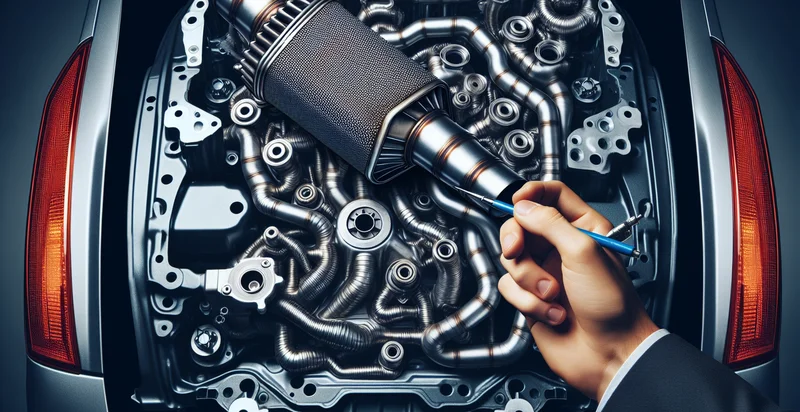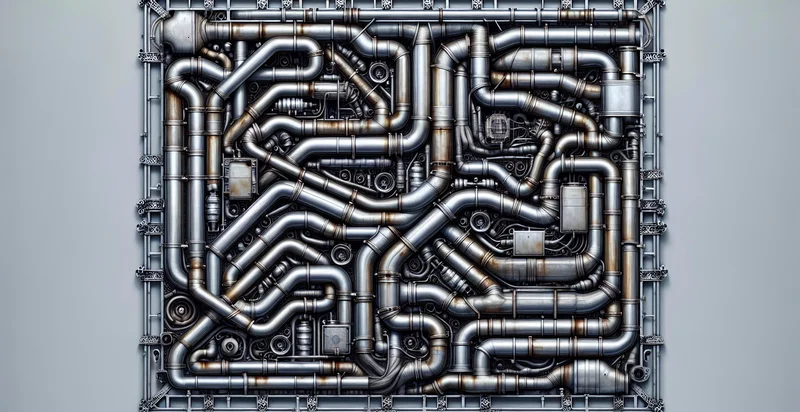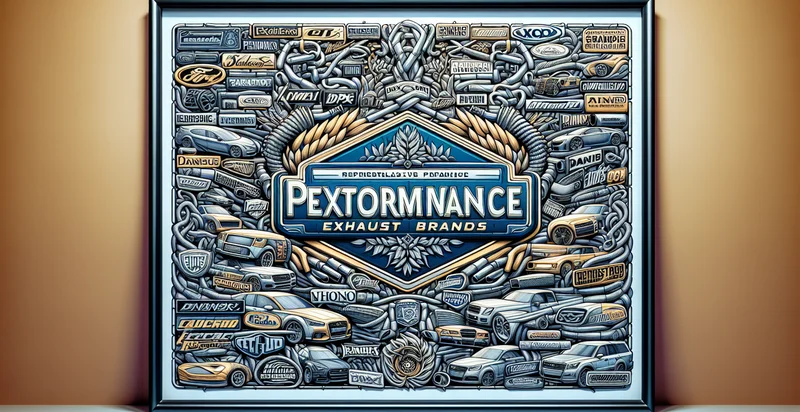Identify exhaust conditions
using AI
Below is a free classifier to identify exhaust conditions. Just upload your image, and our AI will predict the exhaust conditions of various vehicles - in just seconds.

Contact us for API access
Or, use Nyckel to build highly-accurate custom classifiers in just minutes. No PhD required.
Get started
import nyckel
credentials = nyckel.Credentials("YOUR_CLIENT_ID", "YOUR_CLIENT_SECRET")
nyckel.invoke("exhaust-conditions", "your_image_url", credentials)
fetch('https://www.nyckel.com/v1/functions/exhaust-conditions/invoke', {
method: 'POST',
headers: {
'Authorization': 'Bearer ' + 'YOUR_BEARER_TOKEN',
'Content-Type': 'application/json',
},
body: JSON.stringify(
{"data": "your_image_url"}
)
})
.then(response => response.json())
.then(data => console.log(data));
curl -X POST \
-H "Content-Type: application/json" \
-H "Authorization: Bearer YOUR_BEARER_TOKEN" \
-d '{"data": "your_image_url"}' \
https://www.nyckel.com/v1/functions/exhaust-conditions/invoke
How this classifier works
To start, upload your image. Our AI tool will then predict the exhaust conditions of various vehicles.
This pretrained image model uses a Nyckel-created dataset and has 19 labels, including Bent, Burnt, Clean, Clogged, Corroded, Cracked, Damaged, Discolored, Eroded and Fractured.
We'll also show a confidence score (the higher the number, the more confident the AI model is around the exhaust conditions of various vehicles).
Whether you're just curious or building exhaust conditions detection into your application, we hope our classifier proves helpful.
Related Classifiers
Need to identify exhaust conditions at scale?
Get API or Zapier access to this classifier for free. It's perfect for:
- Fault Detection in Manufacturing: This function can be integrated into manufacturing systems to identify false images that indicate improper exhaust conditions during production. By detecting anomalies in exhaust emissions, manufacturers can prevent faulty products and enhance overall product quality.
- Environmental Compliance Monitoring: Environmental agencies can utilize this function to analyze emissions data from industrial facilities. By identifying false images related to exhaust conditions, they can ensure that companies comply with environmental regulations and minimize pollution.
- Vehicle Emission Testing: Automotive testing centers can deploy this function to assess the accuracy of exhaust emissions in vehicles. By identifying false images, they can ensure that submitted data reflects true compliance with emissions standards, helping to maintain air quality.
- Predictive Maintenance for Fleet Management: Fleet operators can leverage this function to monitor exhaust conditions from their vehicles in real time. By identifying false images, operators can predict maintenance needs before they become critical, thereby reducing downtime and operational costs.
- Industrial Process Optimization: This function can help manufacturing plants optimize their processes by accurately assessing exhaust conditions. By filtering out false images, plants can refine their operational parameters to reduce energy consumption and enhance efficiency.
- Research and Development in Engine Technology: R&D teams can use this function to analyze exhaust conditions during engine testing. By isolating false images, they can better understand performance metrics, improving engine designs and reducing harmful emissions.
- Diagnostic Tools for HVAC Systems: HVAC service providers can incorporate this function in diagnostic tools to assess exhaust outputs in heating and cooling systems. By identifying false readings, technicians can ensure that systems operate effectively, leading to improved energy efficiency and client satisfaction.


